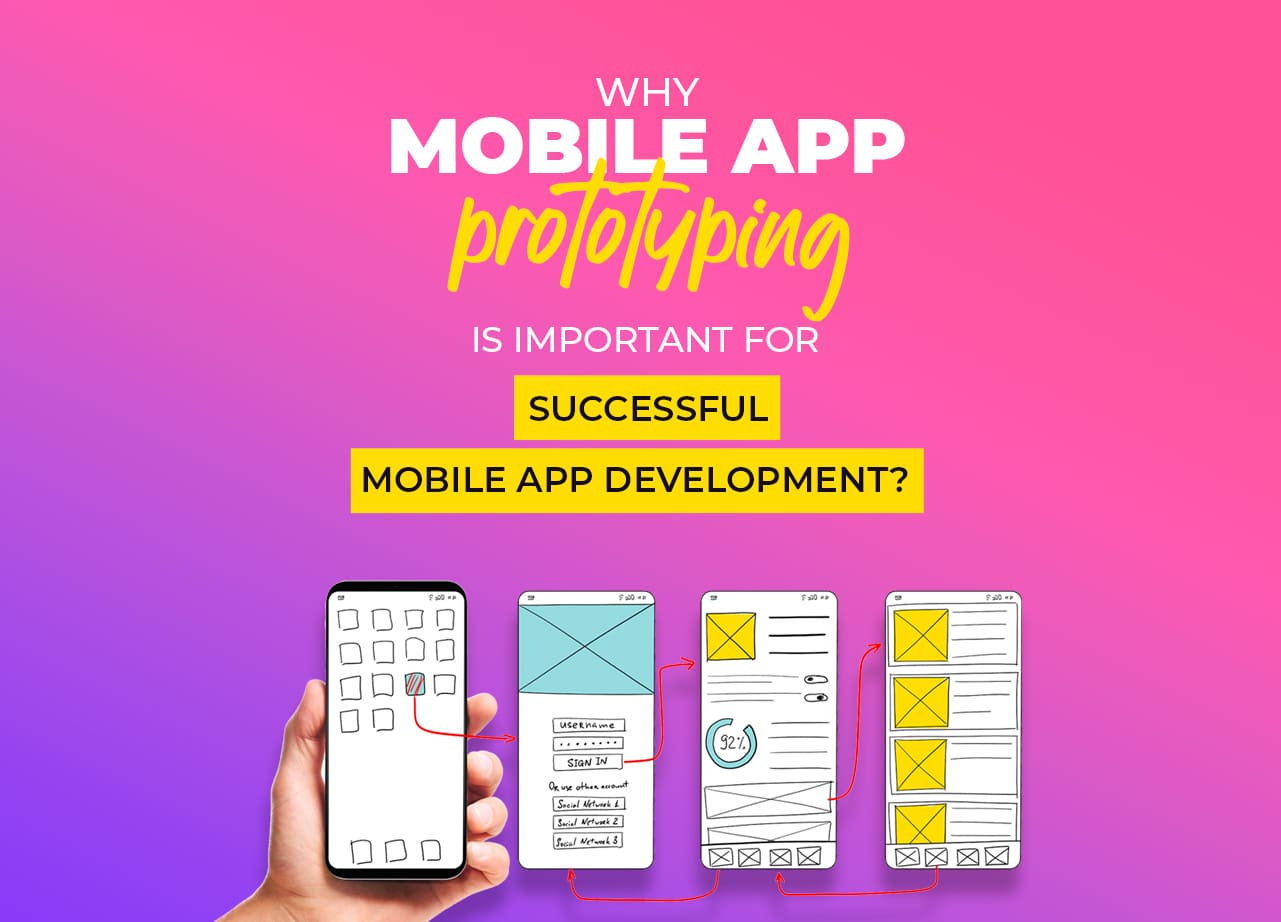Where To Start?
Your company’s most valuable asset is your brand.
A good company brand can influence customer and stakeholder behaviour, stimulate action, and foster loyalty. Nonetheless, due to the rising variety of marketing communication channels used, branding remains one of the most difficult marketing challenges for a firm in the twenty-first century.
Once you’ve designed a brand that elicits the appropriate actions and emotions from your stakeholders, it’s time to launch and deploy your new branding. Any faults in your brand launch, from old email footers to altering social media accounts, will raise a red flag and leave a terrible first impression on stakeholders – all of which you’ve worked far too hard to avoid. Hence, A rebrand marketing checklist will walk you through all the steps necessary to revitalise your brand.
But, before we embark on our journey to explore the ultimate checklist to rebranding, let’s understand what is rebranding.
What Is Rebranding?
When your firm rethinks its marketing approach by adopting a new name, logo, or design, the goal is to create a new, distinct identity in the minds of customers and other stakeholders.
Okay, now that we’ve defined rebranding, let’s make sure you have the correct reasons to rebrand.
Why do you need to rebrand?
Here are a few good reasons why your company might need rebranding:
- Outdated Brand: A stale brand is the most frequent justification for wanting to rebrand. You need a contemporary brand if you wish to compete with your rivals. Your company may not be able to operate to its full potential in your market if its brand appears old.
- Your Website is Not Generating Leads: It could be time to rebrand and revamp your website if it’s hard to browse and isn’t bringing in visitors or leads for your company. One of your most crucial marketing resources is your website. If it’s out of date, it can be more harmful than beneficial.
- You Revised Your Company Structure: When the corporate structure changes, many brands rebrand. You require a rebrand if your business recently merged with another business, bought a new business, or established itself as a separate entity. Establishing your brand’s style or combining the two firm identities is what rebranding does.
- Shifted Market: You might require a rebrand if your industry’s market has changed and your business is now less competitive. You can re-establish yourself in your market and keep up with the changes with the aid of a rebrand.
Imagine a rebranding journey that propels your company into the spotlight, rejuvenates your products, and launches your brand to unparalleled heights. Wouldn’t that just be PERFECT? So, why dream perfection, let’s turn it into reality. With 18+ years industry experience we end your quest for digital excellency. Whether your brand needs a complete make over, or you want to make small, significant alterations, we ace in all of it.
Embrace the Power of Rebranding
And Revamp Your Brand Today!
So, are you ready to embark on a transformative journey for your business? In this blog, we’ll explore the essential steps and strategies you need to consider before revamping your brand. Whether you’re a small startup or an established company, rebranding can breathe new life into your business and propel it to new heights. Get ready to discover practical tips, valuable insights, and actionable advice to ensure a successful rebranding process.
What Kind of Branding Do You Need?
- Brand Merger or Acquisition
This kind of rebranding takes place when two current brands combine to create a new brand. When there is a purchase, brands will change together. When two brands are coherent with one another, brand mergers are most successful. In other circumstances, it can be a better idea to completely rebrand the two businesses. Be advised that a complete rebranding may require additional time.
- Brand Refresh
Refreshing your brand can be as easy as changing your logo or as complex as refocusing your objective. This is significantly less intensive than completely rebranding your organisation. But it still needs updating all current versions of your logo, printing materials, website, and other design elements.
- Full Rebrand
A complete redesign involves ripping your brand down and starting over from scratch. Perhaps you are extending your business into a different sector, or perhaps there has been a significant shift in management. Full rebranding requires a lot of work in either case.
Key Considerations for a Successful Business Transformation
- Assess Your Brand’s Current State
Before embarking on a rebranding journey, it’s vital to gain a clear understanding of your brand’s current state. Evaluate your brand’s strengths, weaknesses, and unique selling points. Identify what aspects of your brand resonate with your target audience and what elements may need improvement. Conduct a comprehensive brand audit, including a review of your visual identity, messaging, and brand perception in the market. This evaluation will serve as a foundation for your rebranding strategy, helping you identify areas that require enhancement and setting goals for your transformation.
- Define Your Rebranding Objectives
Clearly defining your rebranding objectives is crucial to ensure a focused and purposeful transformation. Ask yourself what you hope to achieve through rebranding. Are you aiming to attract a new target audience, differentiate yourself from competitors, or reposition your brand in the market? By setting specific and measurable goals, you can align your rebranding efforts and track the effectiveness of your strategy.
- Craft a Compelling Rebranding Strategy
A well-crafted rebranding strategy is the roadmap that guides your transformation journey. It outlines the steps, tactics, and timeline for executing your rebranding efforts. Define your brand positioning, brand messaging, and visual identity elements that align with your rebranding objectives and target audience. Consider how your brand’s personality, tone of voice, and values will evolve through the rebranding process.
- Prepare for Implementation and Rollout
Before initiating the implementation phase, prepare a detailed plan for executing your rebranding strategy. This includes updating all brand touchpoints, such as your website, logo, packaging, marketing materials, and social media profiles. Ensure that all internal and external stakeholders are aware of the rebranding initiative and understand their roles in the process. Develop a communication strategy to announce your rebranding to your audience, leveraging various channels to generate excitement and garner support.
Rounding Up
Rebranding offers an incredible opportunity to rejuvenate your brand and propel your business to new heights. By carefully considering the key factors discussed in this blog, you can embark on a rebranding journey that is grounded in purpose and executed.
Whether you are looking to build a brand identity or revamp your existing one we will accompany you at every step of the way as you revamp and redefine your brand. From the initial brainstorming sessions to the final unveiling, our team of seasoned professionals will be your trusted partners in this exciting rebranding adventure.
Contact us today and let us be your partner in crafting a remarkable rebranding story. Your brand’s success starts here!
Ready to Reinvent Your Brand?
 Blog Communication Crafts
Blog Communication Crafts






